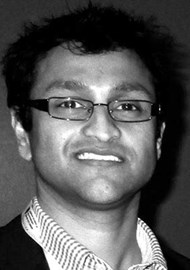It was only a matter of time before the 3D printer was used to help us with simulated temporal bone (TB) drilling. This group printed three paediatric TB models and evaluated their quality. They were found to be of ‘high quality’ with good anatomical detail. Various anatomical structures were printed in different colours. The model was based on the CT scan of a six month old infant which opens up the possibility of duplicating any bone you are about to drill the following day in theatre. Procedures such as a posterior tympanotomy and cochleostomy were apparently accurately perfomed. They did mention a lack of variation in the hardness between the cortical and cancellous bone. The plastic model is also softer than cadaveric bone. This is similar to using Pettigrew bones where there is a similar lack of differentiation. Compared to the Voxel-man TB drilling computer simulator, which is a large initial investment, I can see the 3D model being more cost efficient. It is difficult to judge such a model unless one has drilled the model themselves.
The usefulness of the model will depend on the quality and capability of the 3D printer, the experts working it, and a lot of trial and error I suspect.
Some technical details are provided in the paper to help you replicate this. The cost of the 3D model isn’t really discussed which is interesting. Expect more reports from the use of 3D TB models in the near future.




